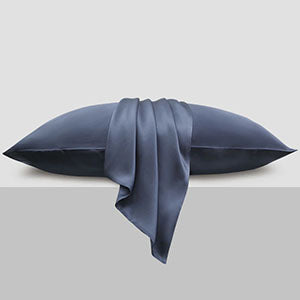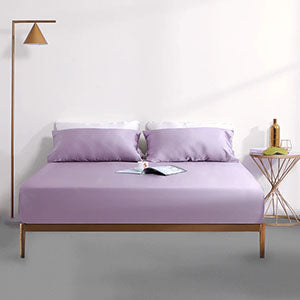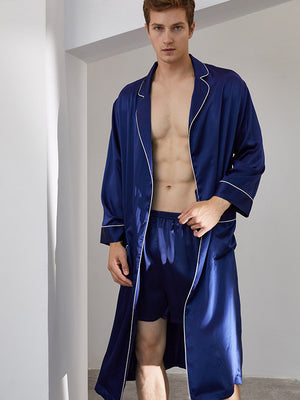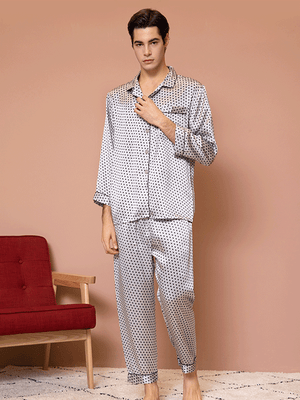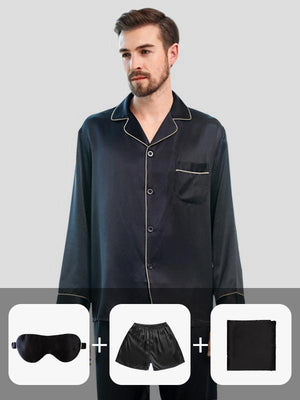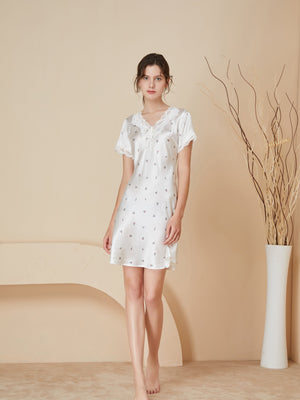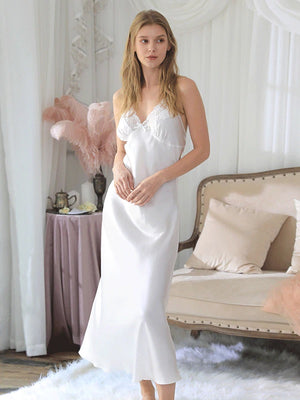Beautiful Silk Scarf: Timeless Elegance and Modern Versatility in Fashion
- by wangfred
-
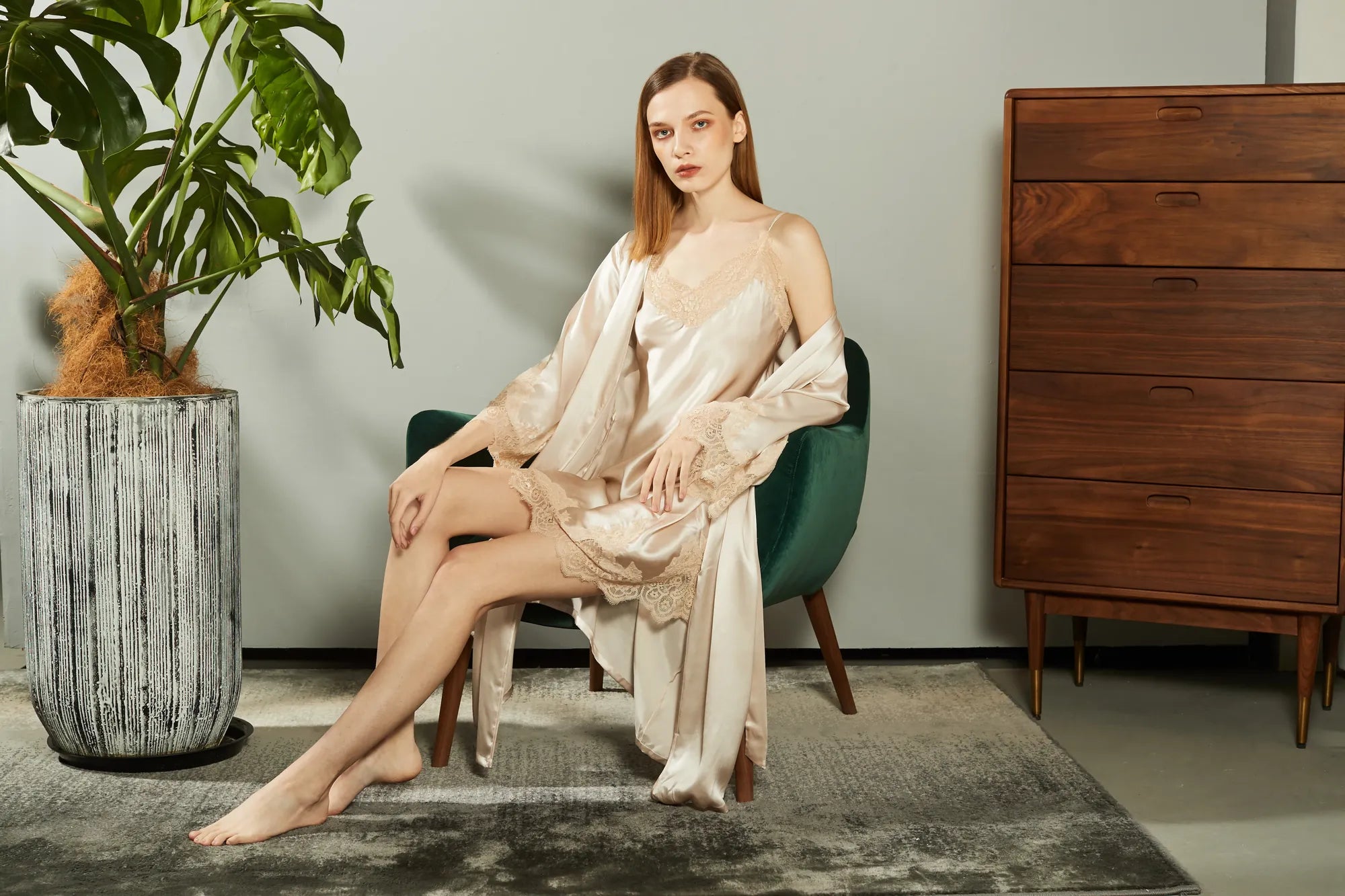
Imagine a fabric so delicate yet durable that it has adorned royalty, inspired artists, and revolutionized fashion for millennia. The beautiful silk scarf is more than an accessory—it’s a canvas of culture, creativity, and personal expression. From its origins in ancient civilizations to its modern-day reinventions, this versatile piece continues to captivate wearers with its luxurious texture and endless styling possibilities. Let’s unravel the threads that make silk scarves a timeless treasure.
A Journey Through Time
The story of silk dates back over 5,000 years to China, where legend credits Empress Leizu with its discovery. Silk scarves emerged as symbols of status and sophistication, traded along the Silk Road to eager markets in Europe and the Middle East. By the 18th century, French artisans had mastered silk weaving, transforming scarves into coveted fashion statements. Today, the legacy lives on, with contemporary designers reinterpreting classic motifs while honoring traditional techniques.
The Art of Creation
Crafting a silk scarf is a labor of love. It begins with silkworms spinning cocoons, yielding fibers finer than human hair. These threads undergo rigorous processes—boiling, dyeing, and weaving—to achieve their signature luster. The most luxurious scarves use mulberry silk, prized for its smoothness and strength. Printing methods like hand-rolling or digital precision bring intricate patterns to life, from bold geometrics to delicate florals. Each step reflects a harmony of human skill and nature’s perfection.
Style Beyond Boundaries
What makes the silk scarf endlessly captivating? Its adaptability. Drape it asymmetrically over shoulders for evening glamour, knot it as a chic belt, or fold it into a hair ribbon for daytime charm. Seasonless and gender-neutral, it transitions seamlessly from beach cover-ups to boardroom accents. Fashion icons have long exploited its transformative power: think Audrey Hepburn’s iconic necktie or Grace Kelly’s elegant headwrap. The secret lies in experimenting—every fold tells a different story.
Cultural Tapestry
Beyond aesthetics, silk scarves carry profound symbolism. In India, hand-painted scarves celebrate spiritual motifs, while African designs often encode tribal histories. Japanese shibori-dyed scarves showcase nature-inspired patterns, and Middle Eastern styles favor opulent metallic threads. These cultural narratives turn scarves into wearable heirlooms, connecting wearers to global traditions. Collectors cherish limited editions that capture historical moments or artistic movements, proving that a scarf can be both personal adornment and cultural artifact.
Sustainable Luxury
In an era of fast fashion, silk scarves stand apart as sustainable investments. High-quality silk lasts decades, resisting wrinkles and fading. Many creators now use eco-friendly dyes and ethical production methods, aligning with conscious consumerism. A single scarf reduces wardrobe waste by offering countless looks without bulk. Moreover, vintage silk scarves have surged in popularity, embodying the ‘buy less, wear more’ ethos while preserving craftsmanship from bygone eras.
Care and Preservation
To maintain a silk scarf’s beauty, gentle care is essential. Handwash in cool water with mild detergent, avoid wringing, and dry flat away from sunlight. Store rolled in acid-free paper to prevent creases, and steam instead of ironing to protect fibers. With proper attention, a silk scarf becomes a lifelong companion, developing a soft patina that enhances its character over time.
Whether you’re drawn to its whisper-soft touch, its rainbow of hues, or its rich heritage, the beautiful silk scarf invites you to redefine elegance on your own terms. It’s not just fabric—it’s a whisper of history, a stroke of artistry, and a key to unlocking infinite styles. Ready to let silk elevate your next outfit?
